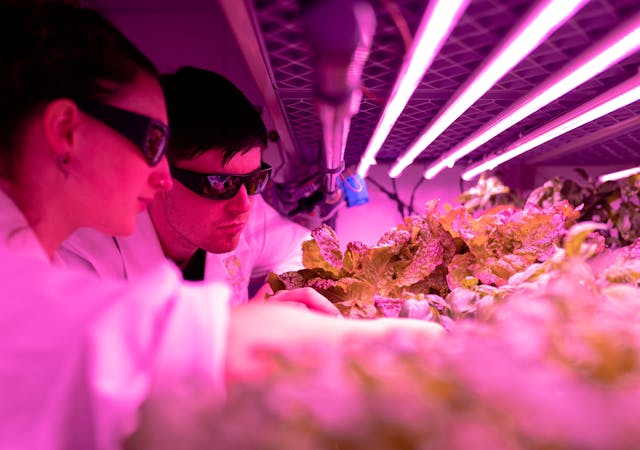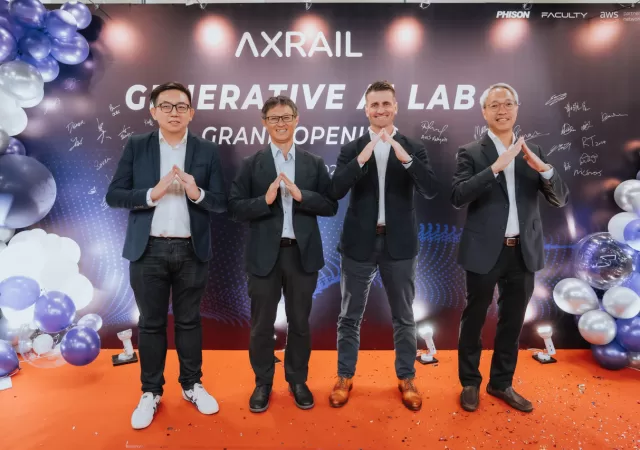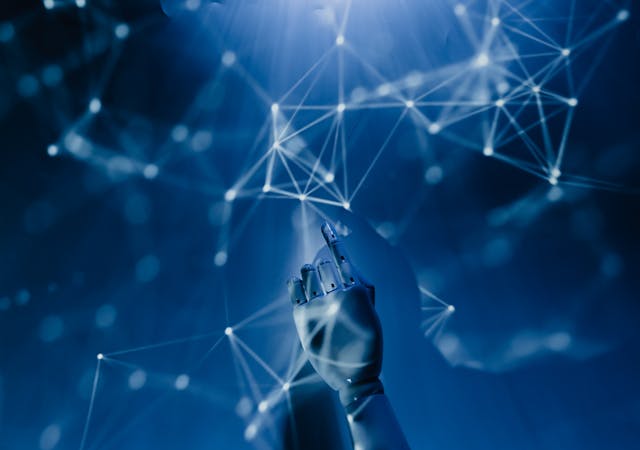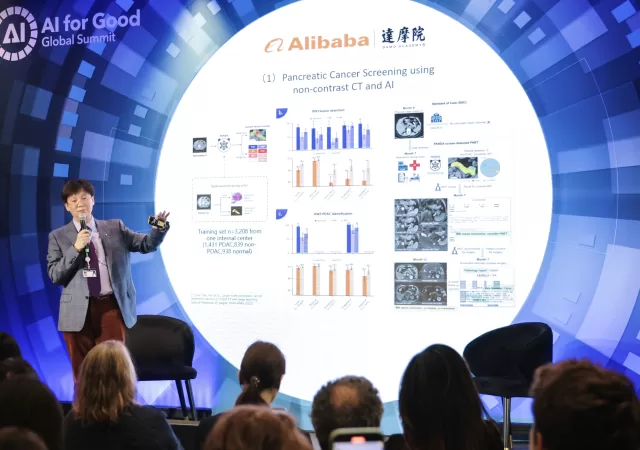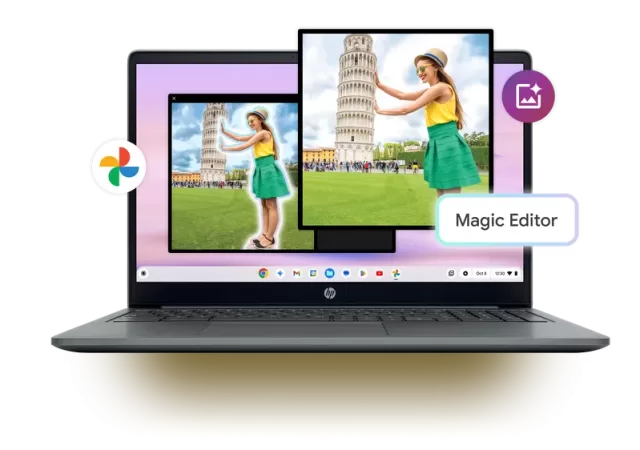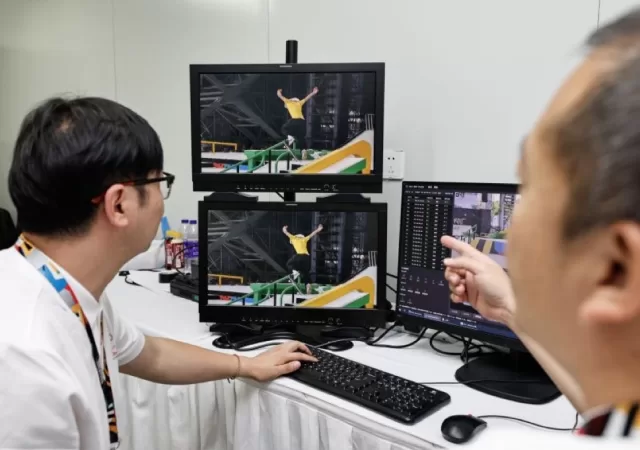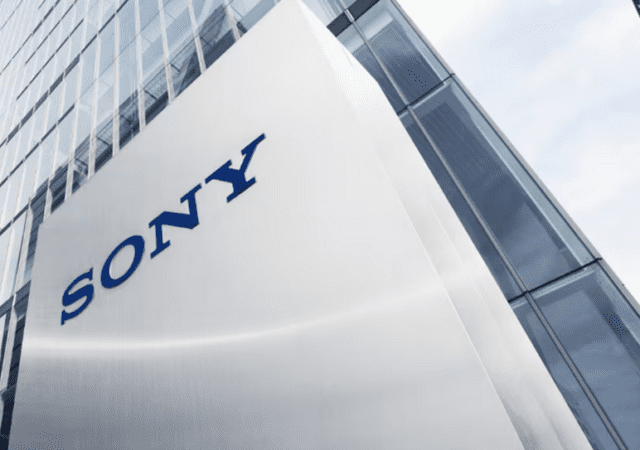Dell Technologies weighs in on why innovation and sustainability must go hand-in-hand in light of the recent 2030 Asia Pacific SDG Progress Report.
Axrail Collaborates with AWS & Phison in Launching Southeast Asia’s First Gen AI Lab
Axrail launches Southeast Asia’s first Generative AI (Gen AI) Lab in collaboration with Amazon Web Services (AWS) and Phison.
Scientists Just Used AI to Discover New Genes Linked to Heart Disease
Scientists at the Icahn School of Medicine at Mount Sinai have discovered 17 rare gene variants linked to heart disease using AI.
Bringing the Open Source Way to AI
Can we open source AI? Ashesh Badani, VP and Chief Product Officer at Red Hat weighs in on the big question of open source AI.
DAMO Academy and the World Health Organization Collaborate to Push Medical AI Boundaries for Developing Countries
DAMO Academy and the World Health Organisation (WHO) collaborate to advance the application of AI in healthcare across the Western Pacific region.
Chromebook Plus Gets an AI Infusion with Gemini
Google recently unveiled the Chromebook Plus, a new laptop class promising a more powerful and intelligent user experience with the help of artificial intelligence (AI). Let’s delve into the new features coming to Chromebook Plus and how it leverages AI…
Lenovo Deploys an AI Engine Streamlines Sustainable IT Solutions for Businesses with LISSA
Lenovo announces LISSA an AI model to help companies achieve their sustainability goals with systematic insights and actionable data.
Acer’s First Copilot+ PC is the Acer the Swift 14 AI
Acer supercharges its Swift line up with the Snapdragon X powered Swift 14 AI Copilot+ PC.
Alibaba Cloud Brings AI to the Olympic Viewing Experience
Alibaba Cloud is empowering a whole new viewing experience with AI imbued technology at the Paris Olympics 2024.
Sony Music Issues Stern Warning Against Use of Its Artists’ Content for Training AI
Sony Music Entertain warns over 700 tech and streaming companies about using its artists’ content for training AI models.



